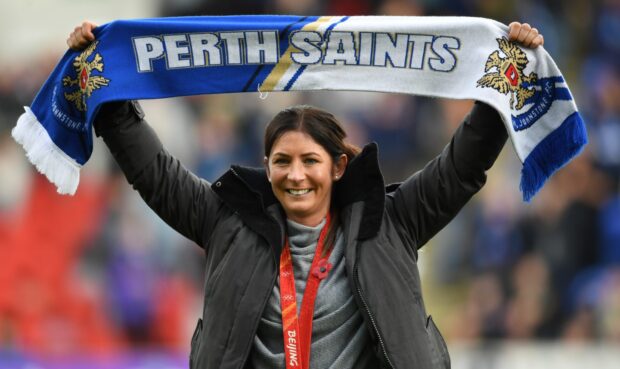We are almost at the 28th anniversary of the day the world changed for ever, August 15 1995.
That date was when the Microsoft Windows 95 operating system was launched, triggering wildfire growth in home computer ownership.
People started communicating digitally. Firstly with emails, then everyone got a mobile phone (except a clever few who shrugged off this electronic shackle). That rocketed the frequency of person-to-person correspondence into the stratosphere.
There are 100 billion WhatsApp messages sent every day. As well as Tweets, Facebook posts, emails, texts, Instagrams, etc.
I watched a couple out for lunch this week. I’d estimate they spent 20% of their time talking to each other, the other 80% on their phones.
Never in human history have so many people used the language in its written form. Before mobile phones, how many letters did you write?
However, I saw a mistake this week that made me laugh as it was so stupid. But then it popped a question into my head about all these written messages.
The mistake was someone attempting to say they had cottoned on. But they wrote “co tinned on”.
It’s so daft it is funny. It wasn’t ignorance of the phrase; the writer knew what he was trying to say. He just couldn’t write it.
So the question it provoked is: if the human race is writing all these messages, billions every day, who is doing the reading?
Because when you read a lot, you learn to use the language well. Practice makes perfect. You cotton on to the fact that “co tinned on” is nonsense, a joke, or a bad pun (I don’t see how it could be a pun, but you never know).
You’ll also see that loose and lose are different words. You learn that some of the simplest words – to, too, and two; their, there, and they’re – have different spellings.
These lessons are drummed in to children aged six, long before they tackle slightly more complicated matters such as it is correct to say “Bob and I” went fishing not “Bob and me”.
But, and here’s the crux, while there are lots of online examples of “too” when “to” was required, there are far more examples of those words used correctly.
Surely it should be the good examples that stand out?
Many of us spend eight hours a day with our eyes glued to a screen (that’s what passes for “work” these days) and equally long staring at phones and tablets – reading, reading, reading.
Why can’t we learn to use the most basic words correctly?
Word of the week
Redound (verb)
Contribute greatly to a person’s credit or honour. EG: “Reading widely should, in a just world, redound to my ability to communicate effectively and precisely.”
Read the latest Oh my word! every Saturday in The Courier. Contact me at sfinan@dctmedia.co.uk










